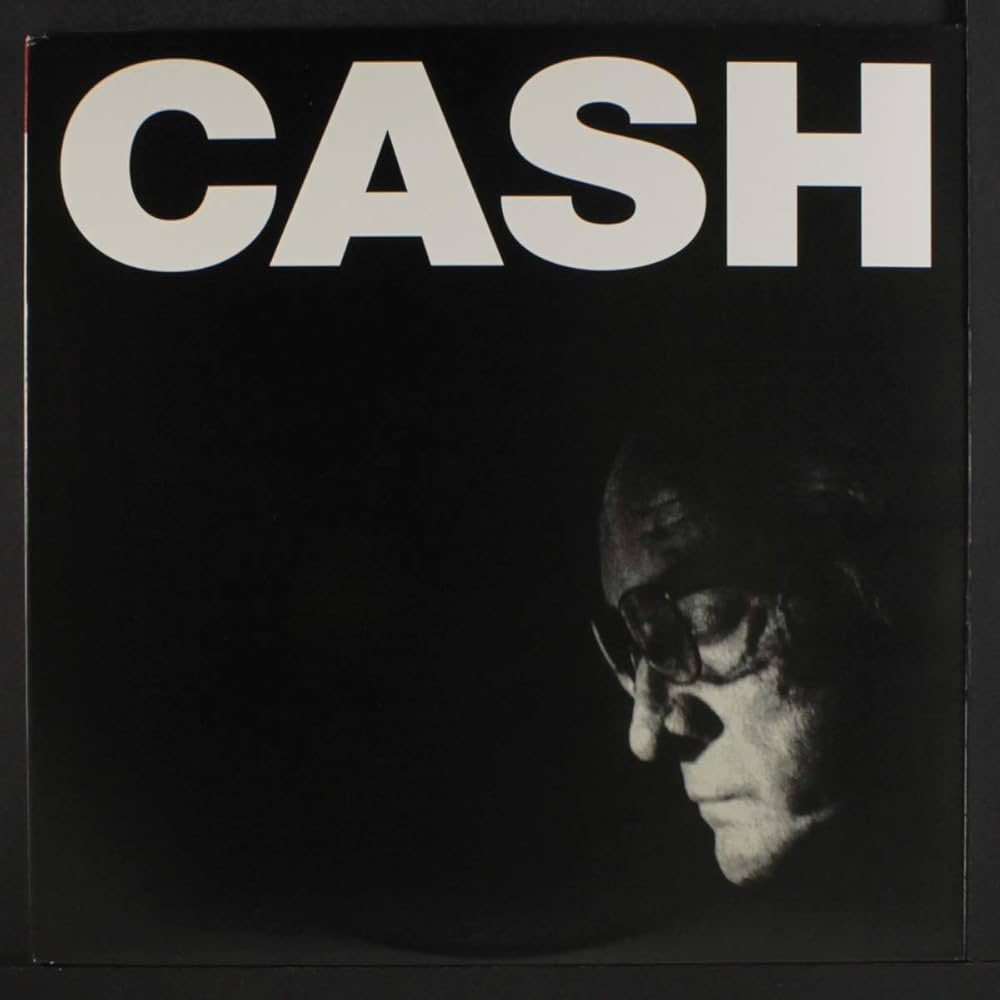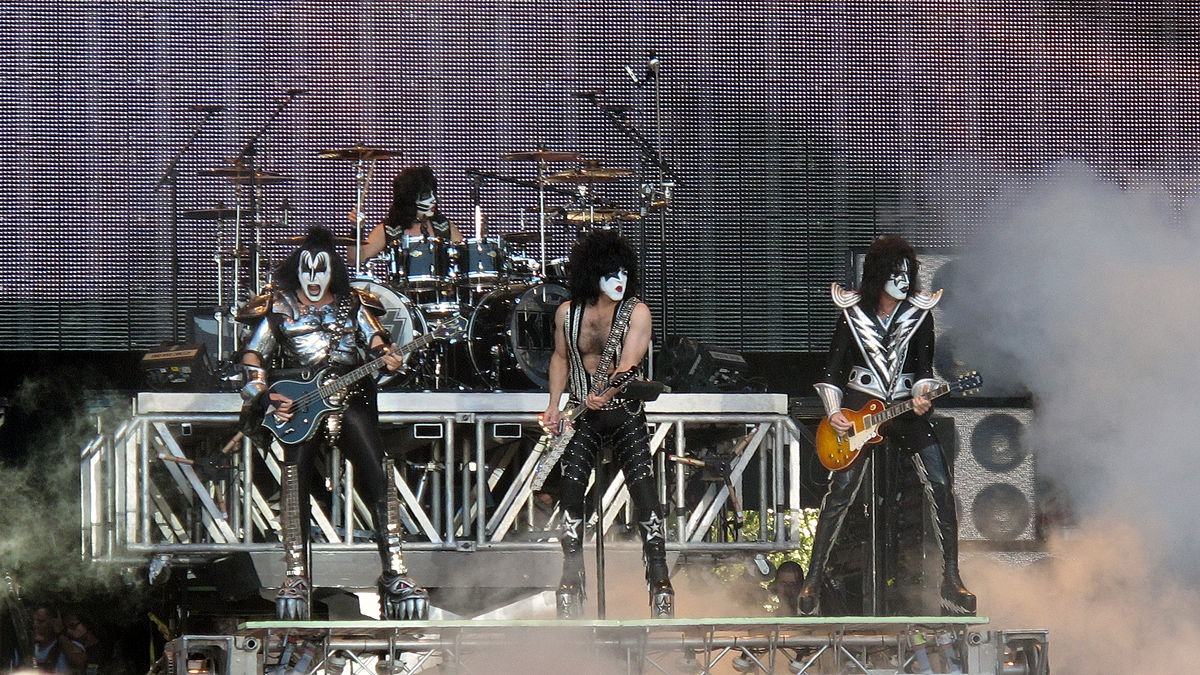
Rock music dies when it stops moving. The genre thrives on disruption, reinvention, and the sacred ritual of burning down what came before. While Radiohead transformed from alt-rock darlings to electronic experimentalists and St. Vincent evolved from chamber pop to angular synth rock, too many bands treat their sound like a family recipe—never changing the ingredients, even when the meal has gone stale.
These musical couch potatoes found a formula that worked once and hit copy-paste for decades. They’re the musical equivalent of ordering the same sandwich at the same deli for twenty years straight. When artists stop taking risks, fans get albums that might as well come with “I’ve Heard This Before” stickers slapped across the cover.
10. Red
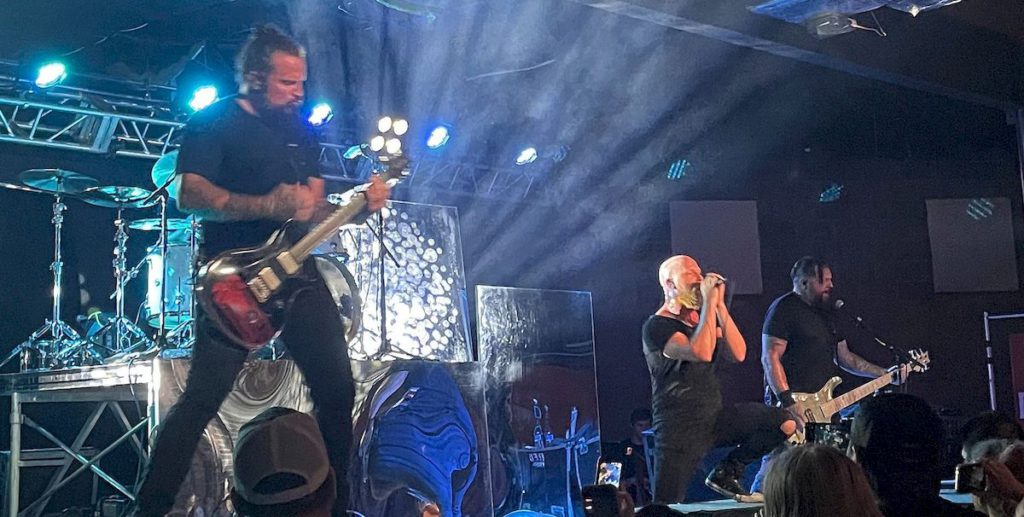
Red carved out a respectable niche where Christian rock and mainstream appeal shake hands without either losing face. With Grammy nominations and Conan O’Brien appearances under their belt, they proved faith-based rock could transcend the church basement circuit and compete in secular arenas.
Yet from End of Silence (2006) to Declaration (2020), their emotional palette hasn’t expanded beyond spiritual angst and orchestrated drama. Every album delivers the same sonic sermon—strings swell, guitars crunch, and lyrics battle darkness with faith.
Red approaches each album like a pastor who’s been giving the same Christmas message for fifteen years—passionate delivery but entirely predictable content. Their music resembles those Hollywood sequels where only the title changes while the plot remains identical.
9. Five Finger Death Punch

Five Finger Death Punch began with Ivan Moody’s raw intensity before settling into a comfortable routine of predictable originals interspersed with aggressive covers of classic songs. Their career trajectory resembles those action movie franchises that start with genuine energy before devolving into self-parody.
Their lyrics paint with the broadest brushes available—everyone sucks, life is hard, and feelings hurt. The music champions what critics call “bro metal,” appealing to listeners who want their aggression pre-packaged and easily digestible, like protein shakes for the ears.
Each album approaches creativity with all the subtlety of a monster truck rally, making the same noise with slightly different vehicles. Their massive success proves that innovation isn’t always necessary for commercial achievement, just as blockbuster movies rarely win critical acclaim.
8. Breaking Benjamin
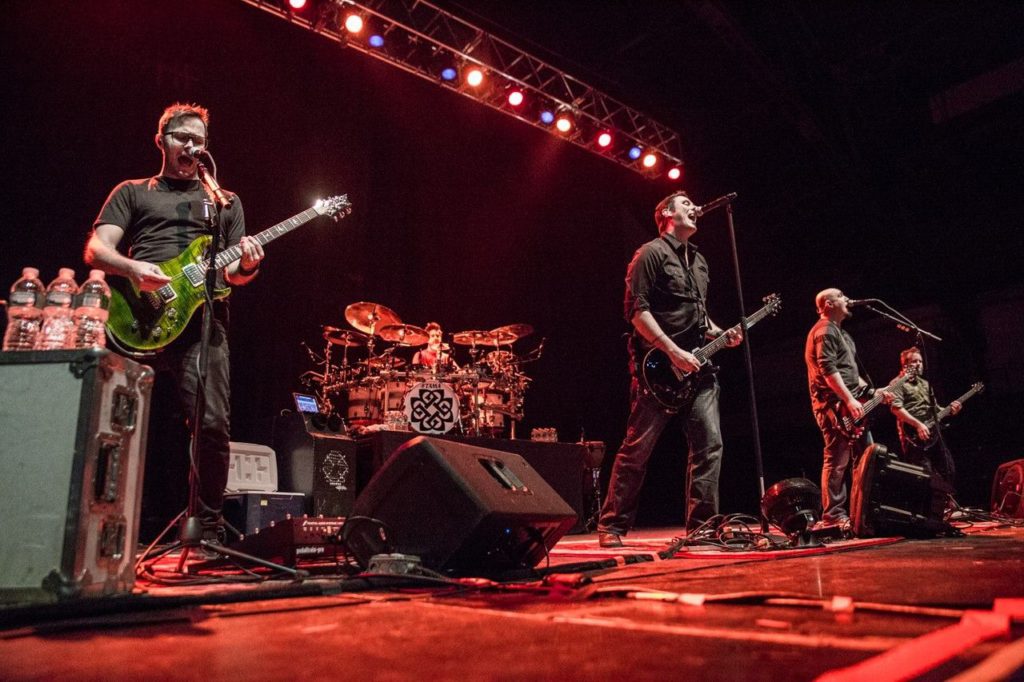
Breaking Benjamin revolves around Ben Burnley’s emotional honesty, delivered through a musical formula as consistent as a fast-food chain. Despite lineup changes that would cripple and break up many bands, their sound remains remarkably unchanged—the musical equivalent of ordering comfort food because you know exactly how it will taste.
Their six albums blur together into one long expression of disappointment and frustration, each track constructed from identical sonic building blocks. Even their collaboration with Starset felt like someone trying on a futuristic jacket over the same old outfit.
Breaking Benjamin operates as though rock music stopped evolving in 2006, creating a comfortable echo chamber where innovation knocks but is never invited inside. Their fans don’t want surprises; they want the musical equivalent of their favorite blanket.
7. Memphis May Fire

Memphis May Fire exemplifies metalcore’s biggest problem—mistaking technique for creativity. Their seven albums follow genre templates with the precision of someone assembling furniture using instruction manuals, placing every breakdown and every scream exactly where expected.
Live performances blend songs because they’re essentially variations on the same theme, like watching different episodes of the same procedural TV show. The riffs, blast beats, and vocal patterns follow such familiar trajectories that fans could set their watches by when the clean chorus will arrive after the screamed verse.
Memphis May Fire produces metalcore the way fast fashion brands produce clothes—technically competent but ultimately disposable products that follow established patterns without questioning why.
6. Three Doors Down

Three Doors Down rode Kryptonite to sales of 13 million records, becoming the soundtrack to countless early-2000s graduation parties and hometown reunions. That debut success hangs around their necks like a platinum-plated anchor, drowning any creative momentum before it can surface.
Their subsequent albums read like tribute bands covering their material. The 2016 album Us and the Night failed to spark any creative fires, offering nothing that couldn’t be found on their debut sixteen years earlier.
They’ve become the musical equivalent of that high school quarterback who never stops talking about the championship game, refusing to acknowledge that time has marched forward while they remained frozen in their moment of greatest glory.
5. Godsmack
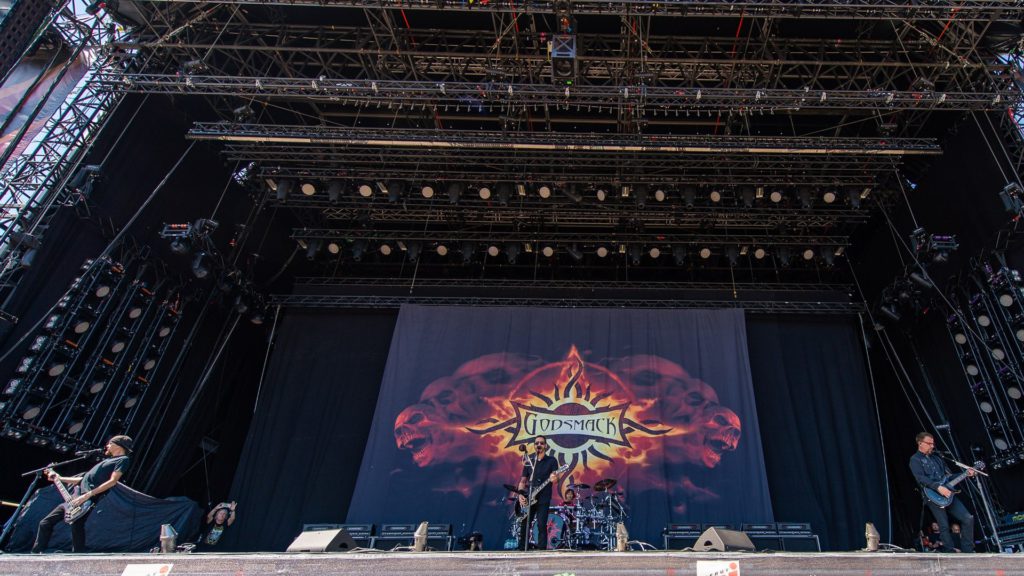
Godsmack perfected rock radio anger in the late ’90s and decided that was enough achievement for one career. Their music delivers aggression with the reliability of pizza delivery, arriving exactly as expected and satisfying a specific hunger without surprising the customer.
Band members now perform songs about youthful defiance while qualifying for senior discounts, creating a strange disconnect between message and messenger. Their albums function as carbon copies of each other, like watching movie sequels where the plot never changes.
With their potentially final album arriving in 2024, Godsmack stands at a creative crossroads—deliver another familiar meal or finally try a new recipe after the dinner guests have already left the table.
4. Hollywood Undead

Remember when wearing masks in music meant something subversive? Hollywood Undead rode MySpace fame into the mainstream with their masked rap-rock hybrid, capturing teen angst in digital bottles back when scene kids ruled the internet. They were the soundtrack to many adolescent rebellions against suburban monotony.
Fast forward to 2022, and Hotel Kalifornia sounds like it was recorded using templates from 2008. Band members now approach middle age while singing about teenage problems, resembling those aging superheroes in The Incredibles who can’t quite fit into their old costumes.
The tough-guy personas feel increasingly hollow with each release, as though they’re trapped in amber from the era when Myspace Tom was everyone’s first friend.
3. Three Days Grace

Three Days Grace faced a critical fork in their road when Adam Gontier departed in 2013. Rather than reimagining their sound, they replaced parts and continued down the path of least resistance, like replacing a lead actor in a long-running TV show without changing the script.
Their focus shifted from artistic expression to commercial mathematics, calculating exactly what rock radio programmers would embrace. Their 2022 album, Explosions, sounds less like creative combustion and more like carefully controlled demolition.
During concerts, they perform past hits with the enthusiasm of veteran actors who secretly hate their famous catchphrases but know that’s what pays the bills, while new material serves as bathroom break opportunities for longtime fans.
2. Seether
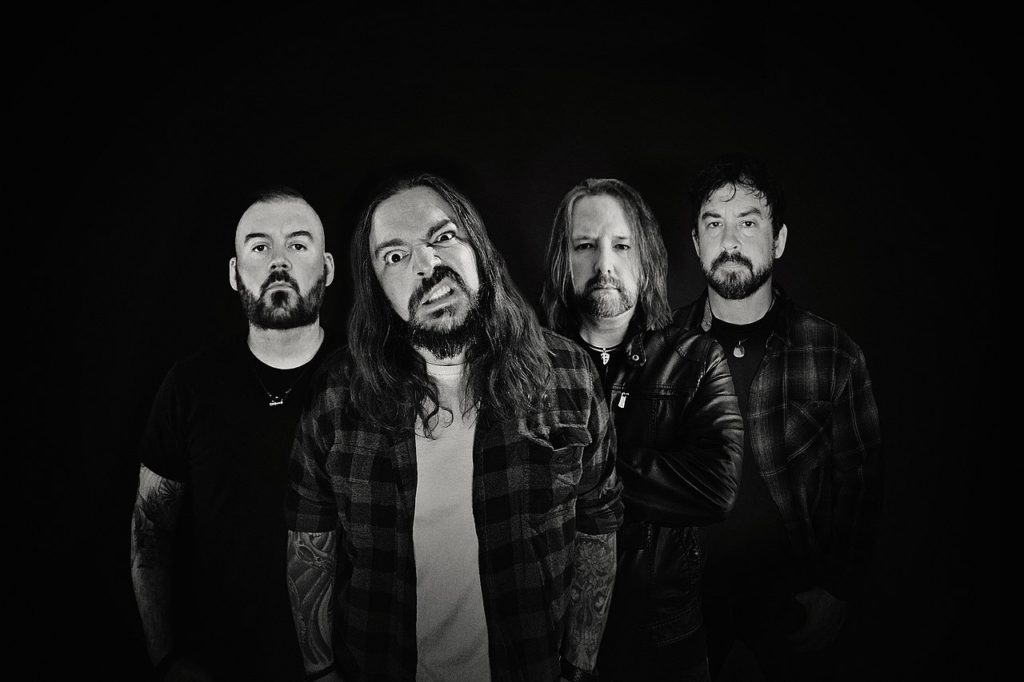
Seether once crackled with the promise of post-grunge evolution. Their 2002 album Disclaimer whispered of dark depths worth exploring, with Shaun Morgan’s vocals suggesting a band ready to develop beyond radio rock boundaries. Early interviews teased sonic adventures that never materialized.
Instead, Seether became rock radio’s most reliable tenant, paying rent with the same angsty breakup anthems for over two decades. From Disclaimer II to Si Vis Pacem, Para Bellum, they’ve produced music as predictable as superhero movie sequels—comforting but utterly without surprise.
Their guitars stay in the same lanes, their drums maintain the same tempos, and their lyrics revisit the same emotional territories with the enthusiasm of someone filling out tax forms.
1. Nickelback
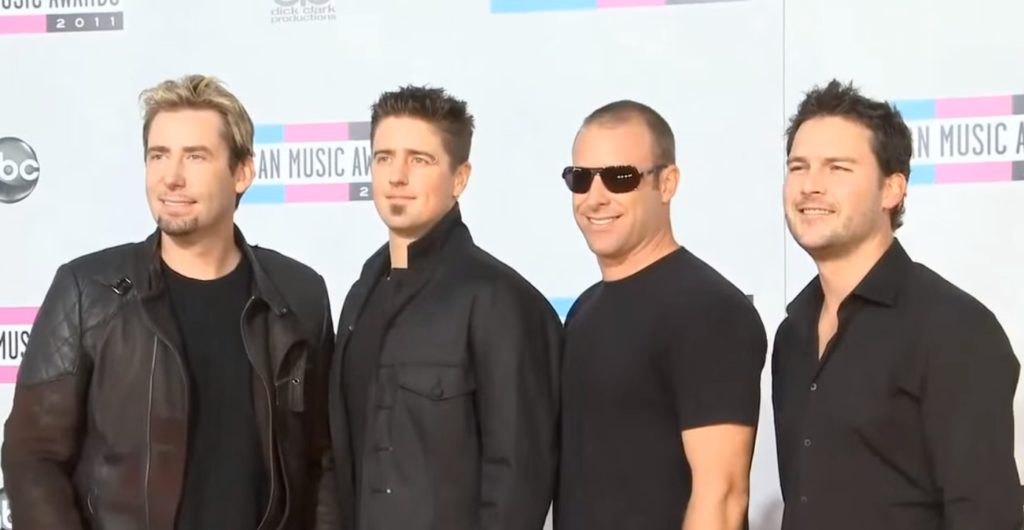
Nickelback stands as rock’s most reliable punching bag, yet somehow remains commercially indestructible. Their early super hit songs connected with mainstream audiences through catchy hooks and relatable lyrics about relationships and small-town life. What followed was musical copy-and-paste at an industrial scale.
Chad Kroeger developed a songwriting template that treated music like fast food franchising—standardized products delivered with consistent mediocrity. Their themes revolve around a teenager’s idea of adulthood: fast cars, drinking, and relationships described with all the nuance of billboards.
After selling millions of albums by following this formula, Nickelback resembles those movie franchises that keep making sequels long after the creative well has run dry—profitable but increasingly irrelevant to cultural conversations about music that matters.







